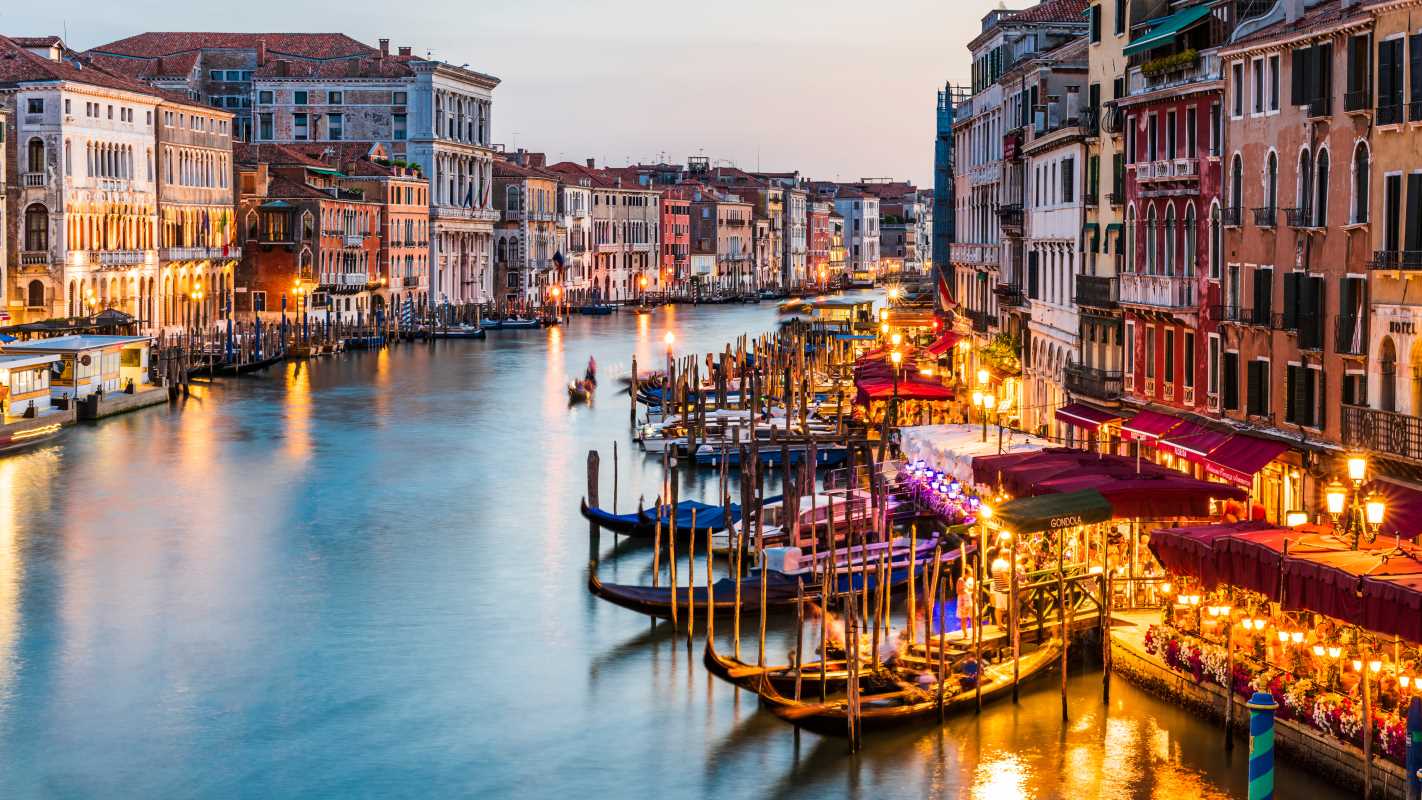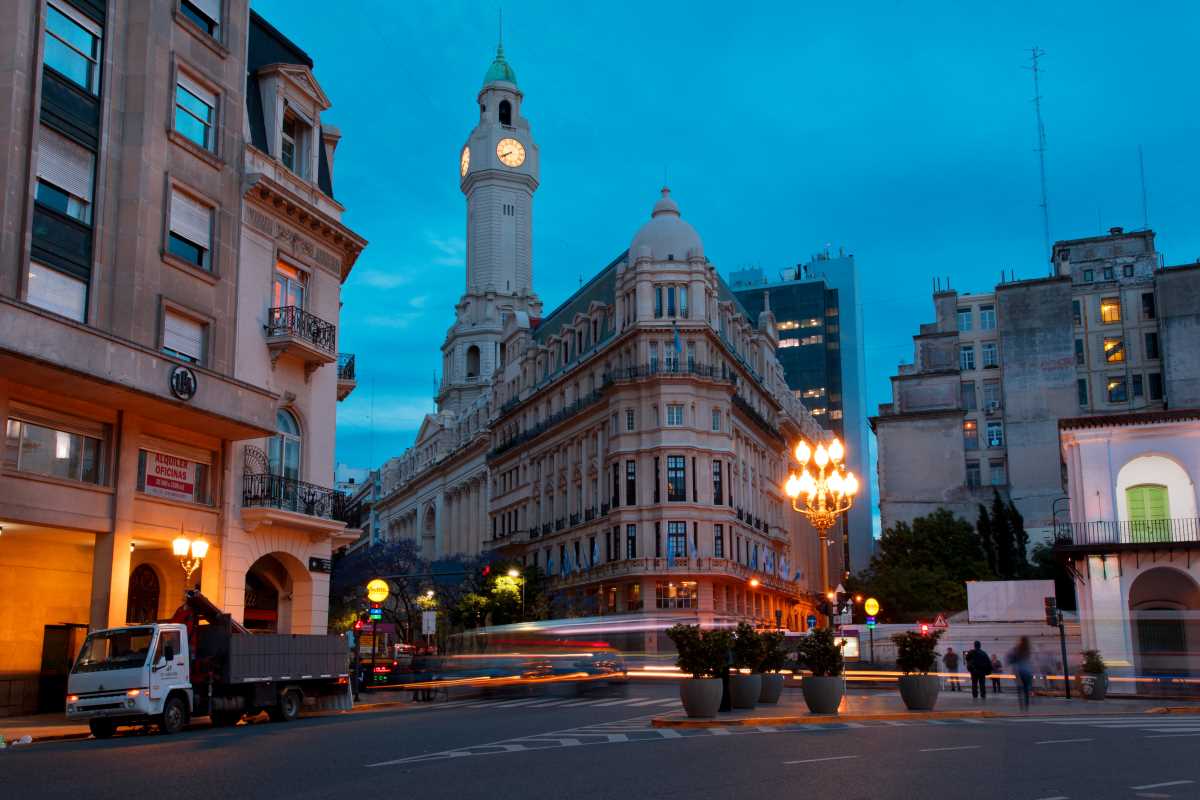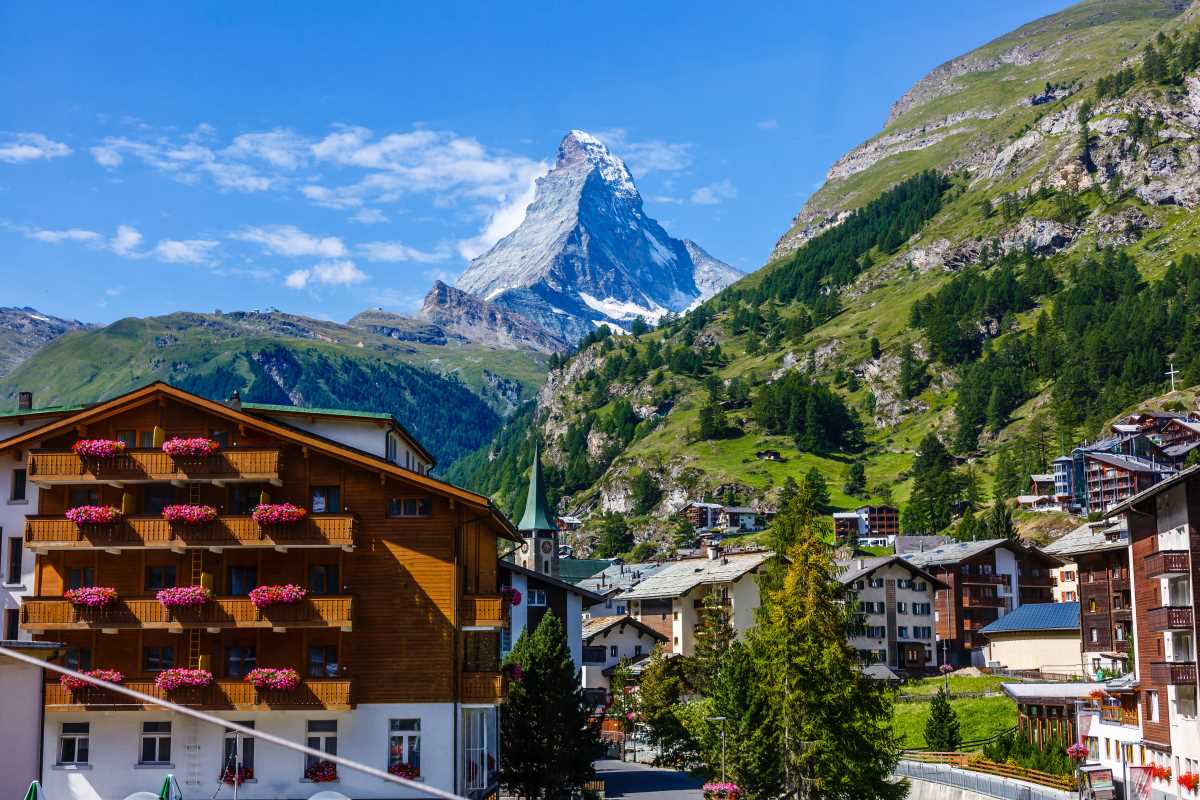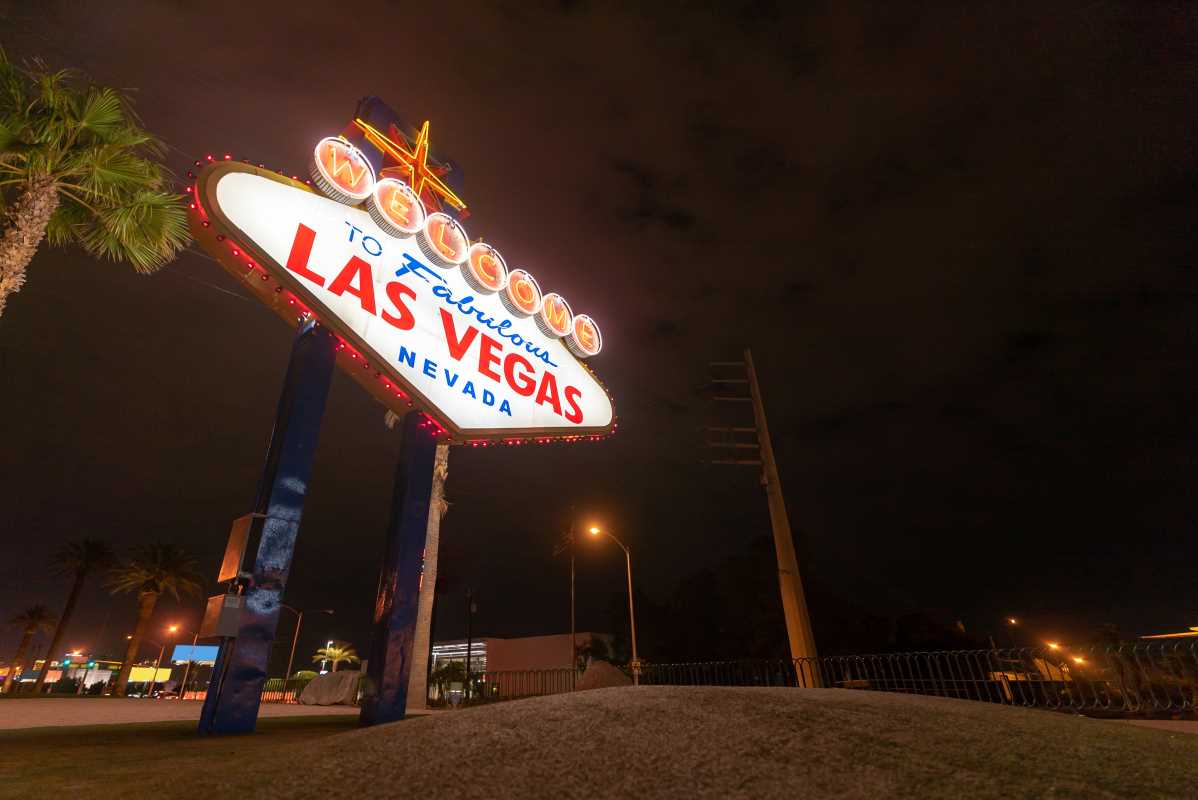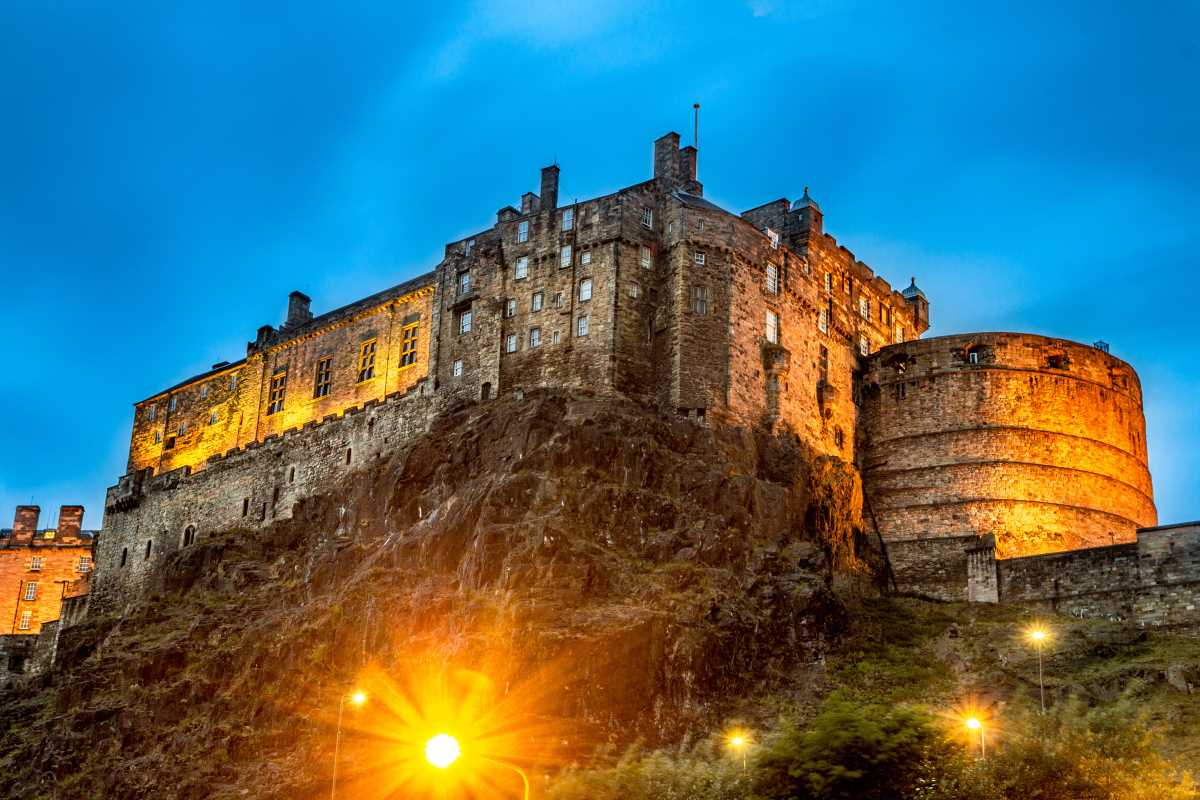Step into Berlin, and you step into a living history book. This is a city where the past is remembered and etched into the very streets you walk on. From the Brandenburg Gate's triumphant arches to the haunting remnants of the Berlin Wall, every corner tells a story of empires, wars, division, and reunion. Get ready to explore the powerful history that shaped this incredible city. We'll show you where to go, what to see, and how to connect with the city's powerful past. Let's begin your journey through time!
A Timeline of a City in Transformation
Berlin’s history is a dramatic story of highs and lows. Understanding its key chapters will make your visit much more meaningful.
- Kingdom of Prussia: Berlin rose to prominence as the capital of the powerful Prussian Kingdom, a center of military strength and enlightenment.
- Weimar Republic: After World War I, Berlin became the vibrant, progressive heart of a new German republic, known for its roaring twenties culture.
- The Nazi Period: This era plunged the city into darkness as Berlin became the command center for the Nazi regime, leading to the horrors of World War II and the Holocaust.
- Cold War Division: Following the war, the city was divided. The construction of the Berlin Wall in 1961 physically and ideologically split East and West Berlin for decades.
- Reunification: The fall of the Berlin Wall in 1989 was a globally celebrated event, leading to German reunification and the start of Berlin's journey to becoming the unified, dynamic capital it is today.
Key Historical Sites You Must Visit
These sites are essential stops for understanding Berlin's complex and layered history.
Remnants of the Berlin Wall
Much of the wall may be gone, but its memory is preserved at several key locations. The Berlin Wall Memorial on Bernauer Strasse is the central memorial site. It includes a preserved section of the wall with a watchtower and a "death strip," giving you a chilling sense of the border's reality. Another must-see is the East Side Gallery, a long stretch of the wall covered in murals painted by artists from around the world after its fall.
Checkpoint Charlie
This was the most famous crossing point between East and West Berlin during the Cold War. The current site is a reconstruction for tourists, but it's a powerful place to imagine the tense standoffs and dramatic escapes that happened here. The nearby Mauermuseum - Museum Haus am Checkpoint Charlie documents many of these incredible stories.
Topography of Terror
Located on the site of the former Gestapo and SS headquarters, this museum is a sobering and essential visit. Through photographs and documents, it details the rise of the Nazi regime and the terror it inflicted across Europe from this very location.
The Reichstag Dome
The Reichstag is the seat of the German parliament, and its modern glass dome symbolizes the country's commitment to transparency. You can ascend the dome for a 360-degree view of Berlin and a unique perspective looking down into the parliamentary chamber below. It's a powerful statement of Germany's modern democracy.
Museum Island (Museumsinsel)
This UNESCO World Heritage site is home to five world-class museums. History lovers should prioritize the Pergamon Museum, with its monumental structures from the ancient world, and the Neues Museum, which houses the iconic bust of Nefertiti.
Brandenburg Gate
Once a symbol of division—standing in no-man's land behind the Berlin Wall—the Brandenburg Gate is now Germany's most famous landmark and a powerful symbol of peace and reunification.
Other Essential Museums
- Jewish Museum Berlin: Explore German-Jewish history through a deeply moving architectural experience and powerful exhibits.
- Stasi Museum: Located in the former headquarters of East Germany's secret police, this museum offers a chilling look into the state's vast surveillance network.
- Tempelhof Field: This former airport was the site of the Berlin Airlift, a significant Cold War event. Today, the massive airfield is a public park where you can walk or bike on the old runways.
How to Plan Your Visits
- Reichstag Dome Visit: This is free, but you must register online in advance. Slots fill up quickly, so book several weeks ahead if possible.
- Booking Tours: Consider a guided walking tour focused on the Third Reich or the Cold War. These tours provide invaluable context and storytelling that bring the sites to life.
- Museum Passes: If you plan to visit multiple museums, look into the Museum Pass Berlin. It offers three days of admission to over 30 museums and can be a great value.
Sample 3-Day Historical Itinerary
This plan balances major sites with time for reflection and exploration.
- Day 1: The Cold War Story. Start at the Berlin Wall Memorial on Bernauer Strasse. Then, walk or take the S-Bahn to the East Side Gallery. In the afternoon, visit the Stasi Museum to understand life in East Germany. Finish your day at Checkpoint Charlie.
- Day 2: Nazi Germany & Modern Democracy. Begin your day at the Topography of Terror. Afterwards, walk to the nearby Memorial to the Murdered Jews of Europe. In the afternoon, head to the Reichstag for your pre-booked dome visit. End your day by walking through the iconic Brandenburg Gate.
- Day 3: Art, Culture & Ancient History. Dedicate your morning to Museum Island. Choose one or two museums to explore thoroughly. In the afternoon, visit the Jewish Museum Berlin for a powerful experience that combines architecture and history.
A Note on Respectful Visitation
Many of Berlin's historical sites are memorials to tragic events. Please be respectful during your visit. Avoid loud conversations, follow any posted rules, and take time to reflect on the history you are witnessing. When visiting memorials like the Memorial to the Murdered Jews of Europe, remember that it is a place of remembrance, not a playground.
Where to Stay and Eat
Choose a neighborhood that fits your style.
- Mitte: The central district, perfect for first-time visitors who want to be close to major sites like Museum Island and the Brandenburg Gate.
- Prenzlauer Berg: A beautiful neighborhood known for its charming streets, independent boutiques, and great cafes. It offers a more local, relaxed vibe.
- Kreuzberg: A vibrant, multicultural area known for its excellent street food, alternative scene, and lively nightlife.
Getting Around & Safety
Berlin has a fantastic public transportation system (U-Bahn, S-Bahn, trams, and buses). Purchase a daily or multi-day pass for easy travel. Like any major city, be aware of your surroundings and keep an eye on your belongings, especially in crowded tourist areas and on public transport.
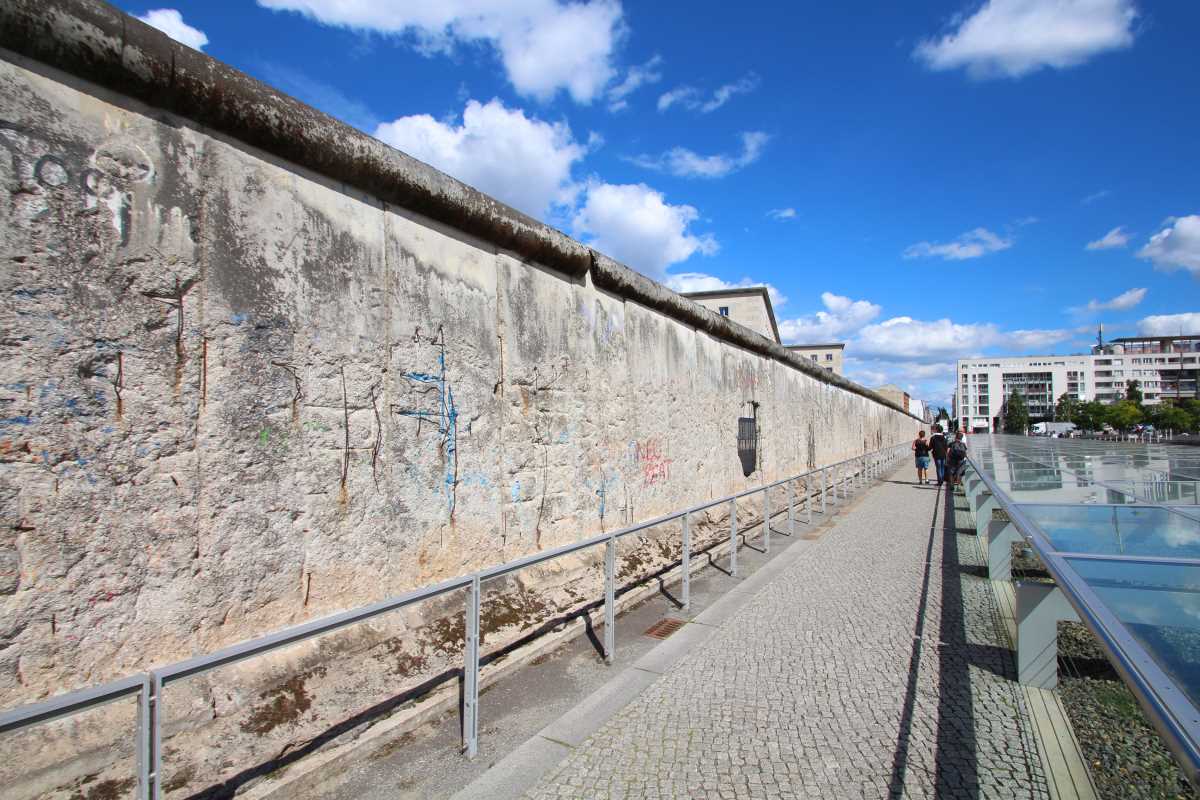 (Image via
(Image via

